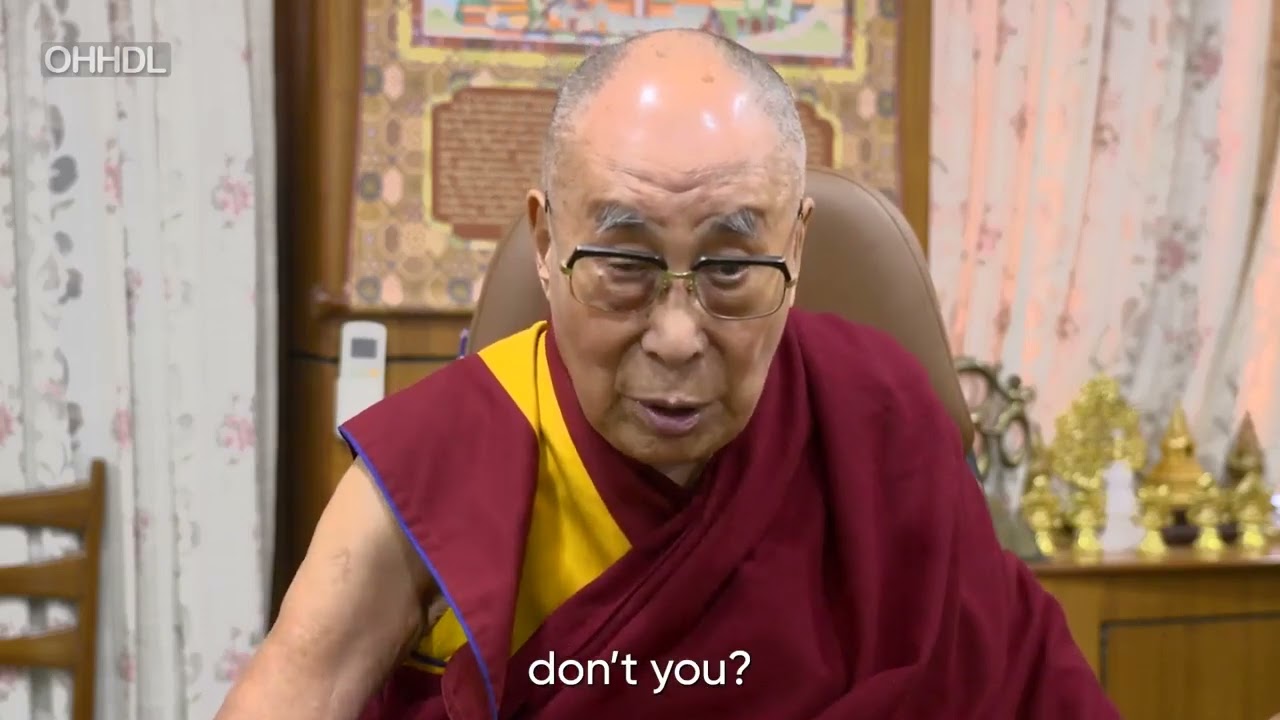yes that is exactly what I am referring to.
I think that you are right to say there are right and wrong views, and I may be misinterpreting what your saying, but I don’t think that “see for yourself” means eventually seeing views as right or wrong, I think the point is that ALL views are transcended so that “superior” “inferior” “equal” and other terms one might attribute to a given pair of views are moot and unarisen in the awakened mind, as per the simile of the raft and with dīghanakha and of course in the Paramatthaka sutta itself.
so right views are right and wrong views are wrong, but ALL views are conditional and liberation is impossible without letting go of them.
However I am not really talking about the deep philosophical meaning of the dhamma, more the simple fact that beating ones chest to loudly proclaim that Buddhism is the “ultimate” religion and all others are in some way imperfect or inferior, is exactly what is criticized in the Paramatthaka sutta REGARDLESS of the truth or falsity of the claim;
If, maintaining that theirs is the “ultimate” view, a person makes it out to be highest in the world;
then they declare all others are “lesser”; that’s why they’re not over disputes.If they see an advantage for themselves in what’s seen, heard, or thought; or in precepts or vows, in that case, having adopted that one alone, they see all others as inferior.
Experts say that, too, is a knot, relying on which people see others as lesser. That’s why a mendicant ought not rely on what’s seen, heard, or thought, or on precepts and vows.
In fact the poem goes furthest and implies it is the very act of publicly declaiming that the view is the best one that is evidence of the speakers conceitedness and superiority complex, and speaks to thier motivation.
I want to add that though I don’t have the suttas to hand to provided references there are to my memory plenty that bang on about how the dhamma IS superior and everyone and everything else IS inferior and I think that this is a problem for those who contort themselves into pretzel shapes in order to explain everything in the suttas as the word of the buddha, precicely becasue that flatly contradicts the 3 suttas i refrence (and others I don’t have time to find) I am spared from such considerations by simply not believing for one second that everything in the canon is the buddhas actual words, and that the canon developed over hundreds of years with obvious religious, propagandic, literary and other motives and is after all another conditioned phenomena.
I think that the 3 suttas I have referenced do accurately reflect what made and still makes Buddhism radical and interesting compared to other philosophical and religious literatures, but I am not convinced that this precludes people in other traditions achieving the ultimate spiritual peace, after all the Buddhist tradition itself acknowledges paccekabuddhas who never heard the dhamma.
Metta
